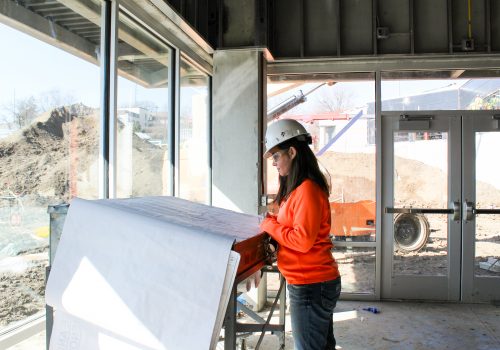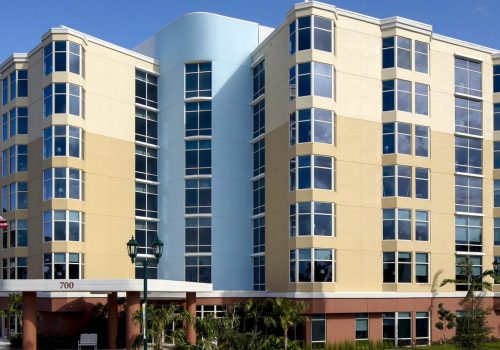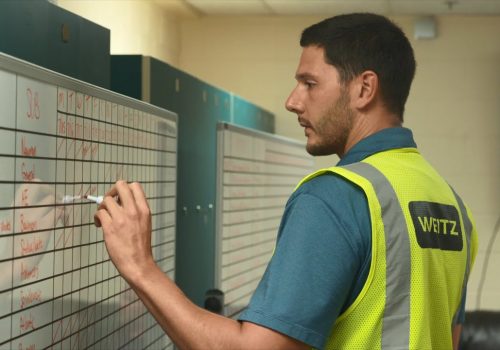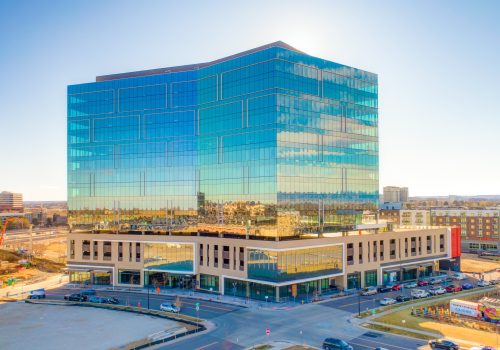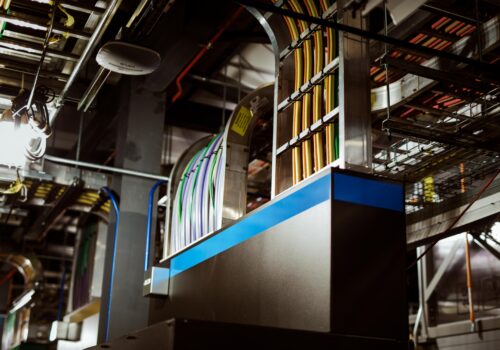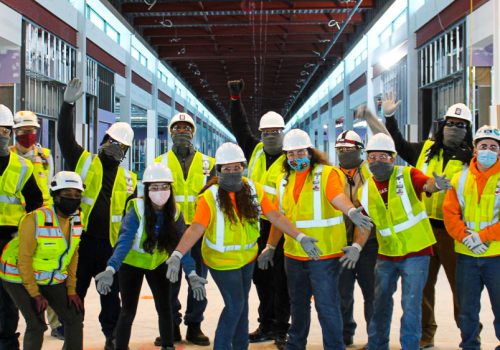Taking Campus Construction Back to School
The construction and design of buildings on college campuses has changed significantly over the years; colleges want to provide students with a quality education, but also a well-rounded experience. With a focus on attracting prospective students by showing off amenities and services that enhance the student’s lifestyle, a university’s appeal is focused on these top four areas:
- Residence halls
- Libraries
- Student unions
- Recreation centers
Residence halls
Considering how students live, learn and socially interact is a must when building residence halls. Builders have taken into consideration the student’s expectations for the latest features. Some of these upgrades include: lounge areas, recreation rooms, quiet study rooms, computer and printing stations, conference rooms and sometimes even pools and outdoor lounge areas.
Dorm rooms are also getting a facelift through different layouts, giving the students the ability to choose the style that best suits them, including options of single rooms, double rooms, community bathrooms, suites with private bathrooms, four-bed suites, etc. Recently, The Weitz Company completed two new dorms for the University of Kansas, which incorporated three different room options and extensive community spaces, both indoors and outdoors.
Libraries
In today’s world of advancing technology, the standard use of libraries as places to store and checkout books in not enough. College libraries are adding specialty services that create a reason for students to spend more time in the space. These services include tutoring centers, writing assistance, group study rooms, presentation rooms, classrooms, art galleries, cafés and convenience stores. The challenging task when renovating existing libraries to include these upgrades is finding the space and the logistics of including while taking into consideration the space needed for bookshelves, computer and printing stations, etc.
Student unions
In recent years, Weitz has seen a substantial shift in higher educations’ approach to student unions. Often the center of campus, the meeting spaces serve a variety of purposes to the school. Often these buildings are a potential student’s first impression on their initial visit so the visual appeal is a high priority. Universities are looking to add unique features to create an experience, including retail shops, game rooms, post offices, banks, theatres, lounge areas, fast food restaurants…the possibilities are endless. The abundance of windows and skylights has been a trend for providing natural light and adding value to sustainable design, decreasing the university’s energy costs. Weitz recently incorporated this features into the construction of University of Missouri-Kansas City’s Student Success Center. Studies show natural light increases performance from students and overall contributes to happier moods.
Recreation centers
Health and wellness is a priority for many people around the country, especially in young adults. One way universities are accommodating this trend is by creating state-of-the-art recreation centers. These buildings are becoming a major selling point to prospective students. With an emphasis on healthy lifestyle choices rather than just exercise, universities are now including counseling centers, health clinics, spas, healthy snack and smoothie bars, cooking classes, and fitness tracking technologies.
As the evolution of college campuses continues, it is now more important than ever for universities to keep up with the latest trends in student living in order to draw the greatest number of student prospects. While some of these new features seem much different than what the “dorm experience” was 15 years ago, the competitive landscape has also changed, meaning universities need to take a fresh look at what the driving factors are for the future of their institutions. Overall, these elements add to the benefits of a student’s experience and are a great selling point for many high school students when making the important decision of where their education will take them next.


